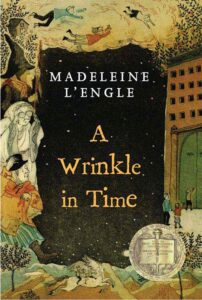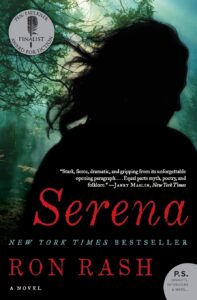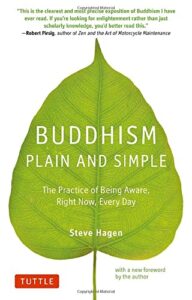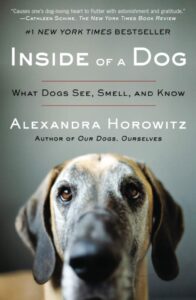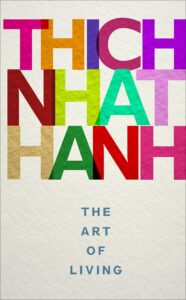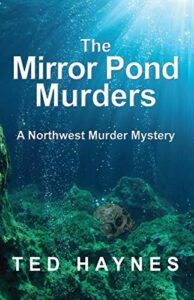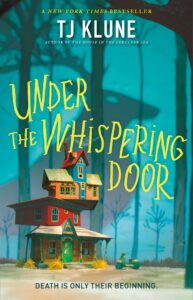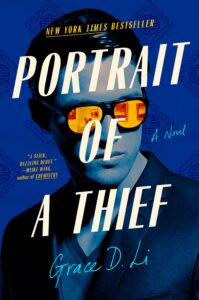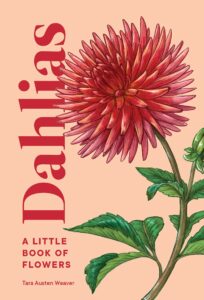Liane Moriarty
Fiction 2021 | 467 pages

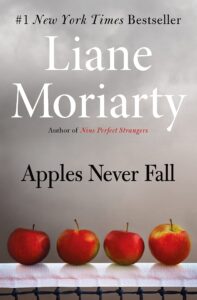
Slow. Apples Never Fall is, for me, a slow read. Hence, two hearts. But we will come back to that in a moment.
The background is this: the Delaney family, in Sydney, is a tennis family through and through, from top to bottom. The parents, Stan and Joy, comprise a doubles team with trophies lining the walls of their home. They start a school to teach and coach tennis players but continue to win in doubles tournaments. Joy disappears on Valentine's Day, and eventually the circumstantial evidence mounts against Stan as her murderer.
All four of their children, now adults, were tennis stars in their youth ... more trophies lining the walls and surfaces of the Delaney house.
Amy, the oldest, is challenged with mental struggles, but is a rather delightful free spirit. Next comes Logan, who teaches in a university, and is not as well-developed as the other characters. His lovely girlfriend Indira has just dumped him. Troy becomes extremely successful financially, but also struggles with committed relationships. Finally, Brooke is a physical therapist building her own business, and has battled debilitating migraines since she was a child. All of them have been strongly molded by a family culture that is grounded in competition and winning, both on and off the tennis court.
And then there is the wild card, Savannah, who appears at Stan and Joy's home one night, the apparent victim of domestic violence from her boyfriend. She moves in, cooks, befriends, and takes excellent care of Stan and Jody. But always, always, something is not quite right. The mystery in this novel is in discovering what happens to Joy, who disappears, and then is assumed murdered, but no body is found.
We travel between the days before Joy's disappearance and "now," which is all about the investigation into her disappearance. Moriarty does the time shifts with aplomb. The story line is interesting. The characters are, for the most part, well-developed, if a bit stereotyped. (By the way, the two minor characters who comprise the investigating team offer a needed relief from the intense Delaney family.) The problem is, in my opinion, the novel is over-written. There is too much superfluous information, too many unnecessary characters, and repetition. I found it hard to stay engaged. The mystery is not the best, as the denouement has too many (silly) coincidences to be believable.
It is, is a word, slow. It was like the Italian restaurant that Charlene and Rose and Thom and I went to last Tuesday night. They gave me spaghetti and THREE large pieces of eggplant parmigiana, when one would have (and did) suffice. There is just too much extra "meat" In this novel.
Some reviewers feel Apples Never Fall has a slow start. I feel it had a slow middle. You might enjoy this book more than I did. I would love to hear! I know one of you recommended it to me ... but I do not recall who.
September 2022
![]()
